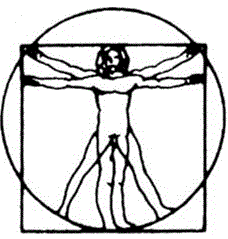Neurofeedback and
Post Traumatic Stress Disorder

Post-Traumatic Stress Disorder (PTSD) is an anxiety disorder that develops after being exposed directly or indirectly to a traumatic event which the individual then repeatedly relives mentally. The brain processes the event as though it were currently happening rather than processed as a “historical” or past event. Other symptoms include feelings of extreme guilt, isolation, irritability, and difficulty sleeping and concentrating. While these symptoms usually subside a few weeks after the event, symptoms continuing two to six months after the event may indicate PTSD.
Treatment for PTSD typically involves psychotherapy and Eye Movement Desensitization and Reprocessing (EMDR), and while these are effective, Neurofeedback has the added benefit of not having to talk about distressing feelings and emotions or having to relive the events. When training with Neurofeedback, the clinician would first focus on calming high beta activity in the brain, which will help to calm the individual mentally and physically. Once a more normal alert state is achieved, training will then focus on developing a more relaxed state by working to increase alpha and theta activity. As trauma-related imagery arises in the individual’s mind during a relaxed state, the brain begins to relearn how to process the event, and they are gradually unassociated with previously felt emotions. The brain then effectively learns to categorize the event as historic.
Neurofeedback can make a dramatic difference in the treatment of those suffering with PTSD. One study found that 2.5 years after receiving treatment, only 20% of those in the Neurofeedback group experienced a return of PTSD symptoms while 100% of those in the control group (medication and group therapy management) saw a return in symptoms (Peniston, Kulkosky, 1991).
Articles and Research
-
Othmer, S., & Othmer, S. F. (2009). Post Traumatic Stress Disorder—The Neurofeedback Remedy. Biofeedback, 37(1), 24-31. doi:10.5298/1081-5937-37.1
-
-
J. Lucas Koberda , Paula Koberda , Andrew A. Bienkiewicz , Andrew Moses & Laura Koberda (2013) Pain
Management Using 19-Electrode Z-Score LORETA Neurofeedback, Journal of Neurotherapy: Investigations in Neuromodulation, Neurofeedback and Applied Neuroscience, 17:3, 179-190, DOI: 10.1080/10874208.2013.813204
